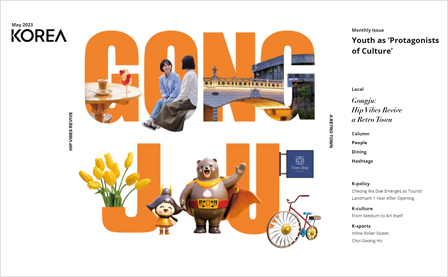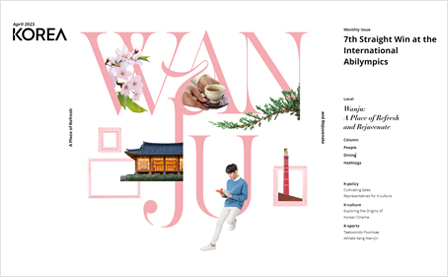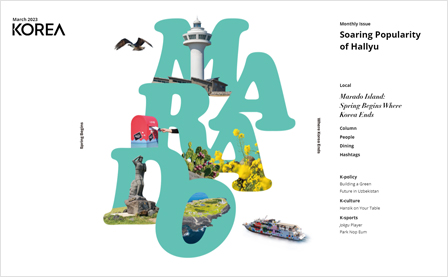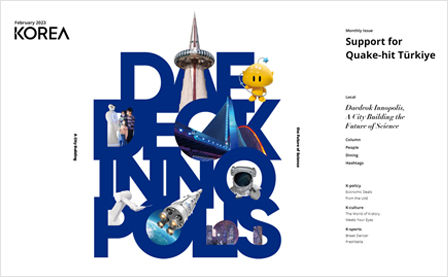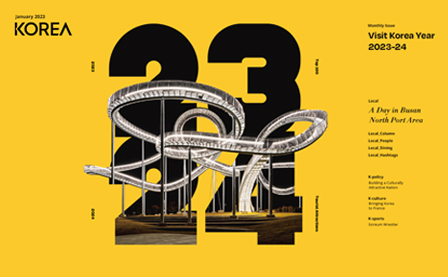June 2023

Local
Written by
Jang Heejoo

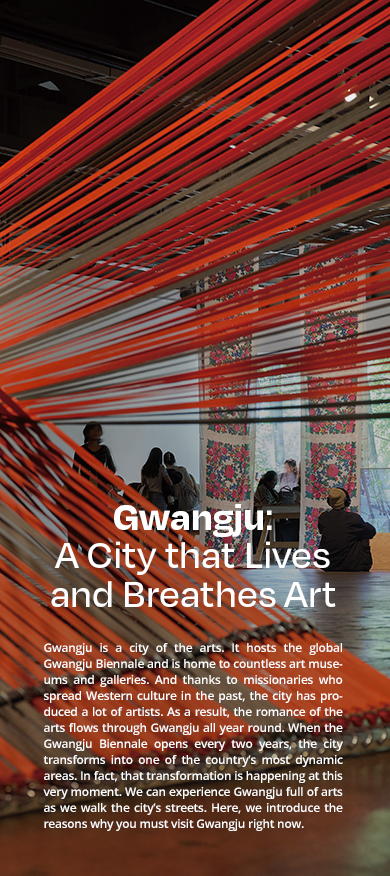

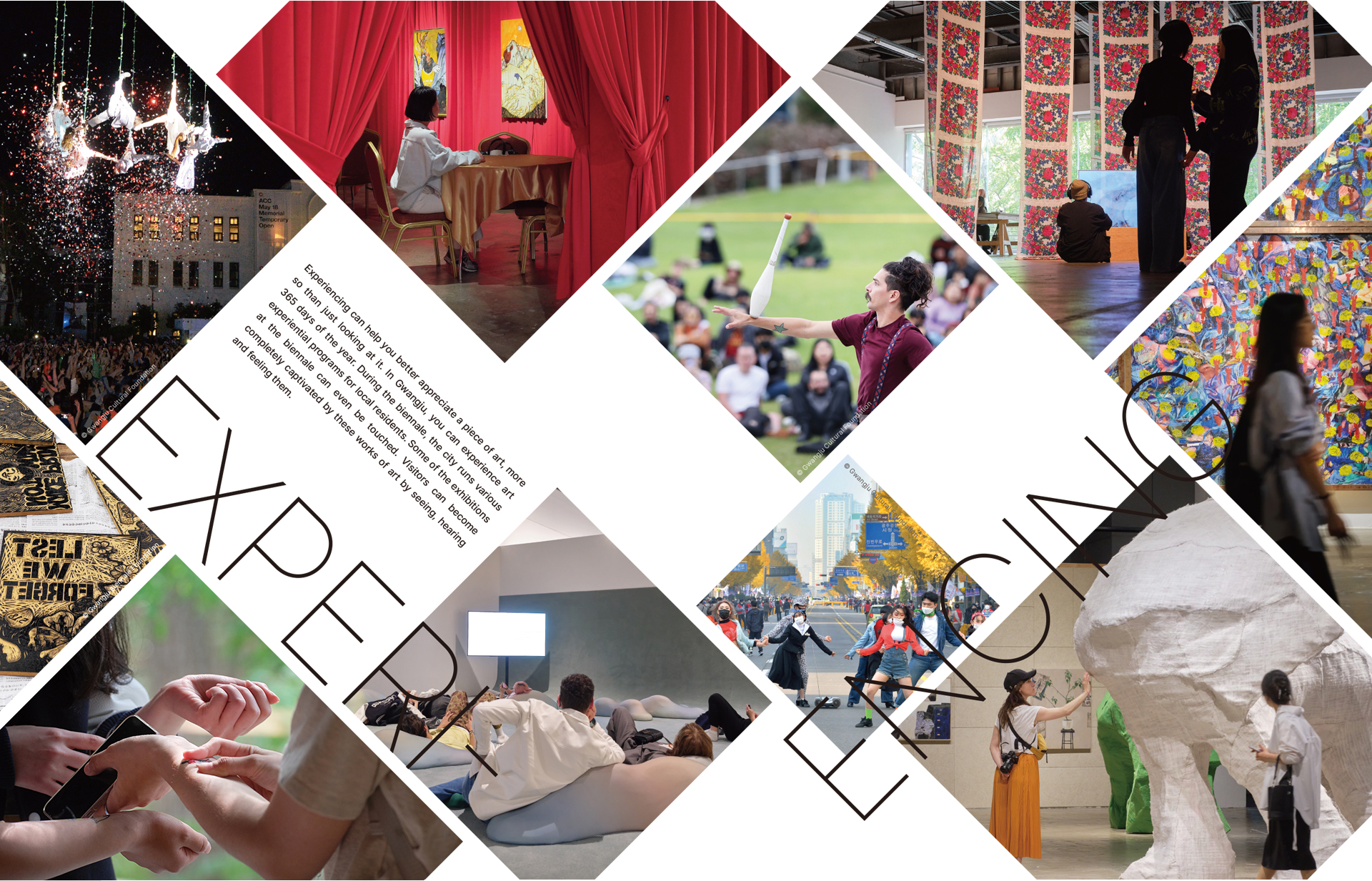
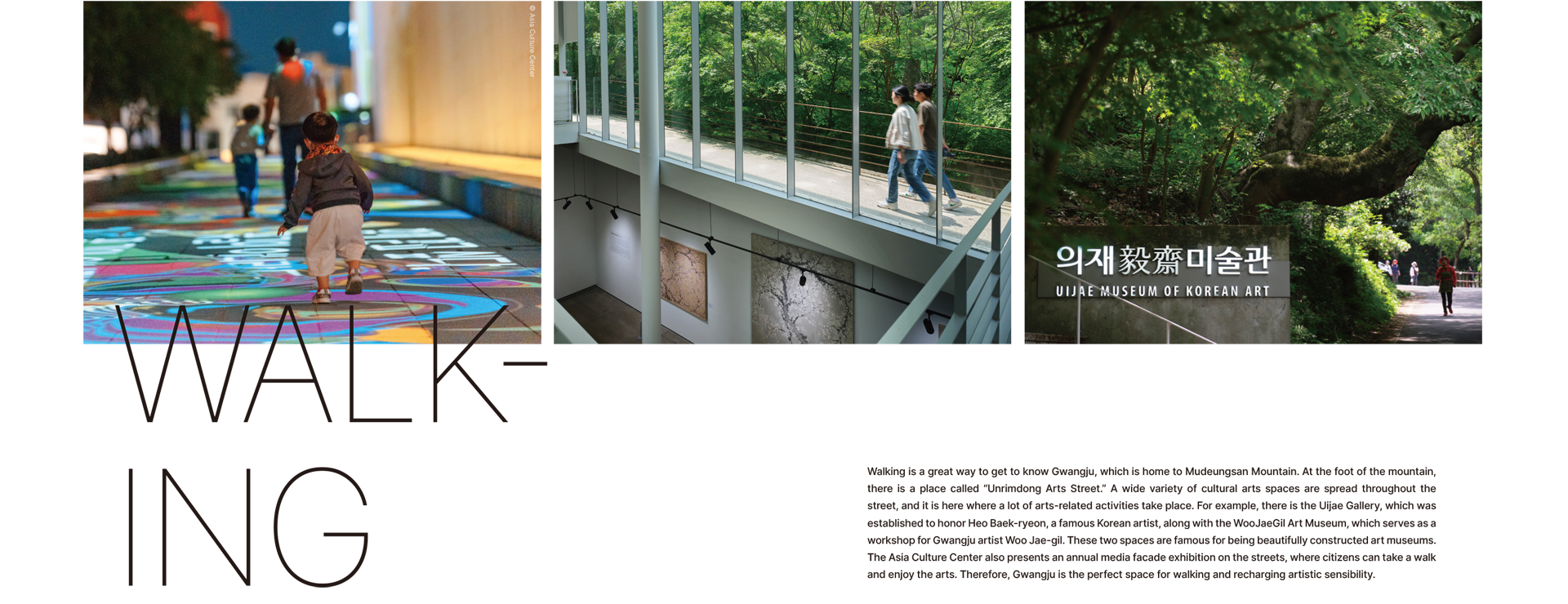
Local
Column
An Arts Journey
to Gwangju

A City of the Arts
Gwangju is suitable for travelers who love culture and the arts. The city hosts the Gwangju Biennale, which celebrates the world’s contemporary art discourse, and serves as a window to peer into the trends of the contemporary art world. Gwangju was selected to become part of the UNESCO Creative Cities Network in 2014, which led to the annual holding of international forums on media art, along with media art festivals. The Yangnim Biennale, which celebrates local artists, is also held in the city’s streets. Master artisans who participate in global discourse about design-related issues are preparing for the Gwangju Design Biennale, which begins in September 2023.
If you want to travel to Gwangju to enjoy its arts community, it is best to visit spaces set up to promote local artists. Gwangju has cultural spaces of all sizes throughout the city, which further cements its reputation as a city of the arts. The city has created its own arts and culture map through public museums, arts galleries, cultural arts spaces, convention centers and arts streets. Travelling in Gwangju allows visitors to take in the art that exists in daily life.
Now in Festive Mode
The start of the Gwangju Biennale transforms the entire city into an exhibition hall. Exhibition spaces are created throughout the city, including the Gwangju Biennale Exhibition Hall, the Gwangju National Museum, Mugaksa temple, Artspace House and Horanggasy Artpolygon.
The biennale’s main theme of “Soft and Weak like Water” is complemented by sub-themes that include “Luminous Halo,” “Ancestral Voices,” “Transient Sovereignty,” and “Planetary Time.” The main theme refers to the fact that “water is the world’s weakest element, yet nothing strong can ever beat water.” A total of 78 artists participated in various art genres to show visitors contemporary art that is both creative and experimental.
The exhibition starts with a section labeled “Introduction,” followed by exhibition spaces on each floor that feature around 300 pieces of art. This year, the biennale’s artwork has special meaning. Most of the artists exhibiting their work are relatively unknown artists from both Korea and around the world. Those artists selected to show their works at the biennale seem to cross over borders like water would―a reflection, perhaps, of the biennale’s theme. This is why the 2023 biennale’s artwork appears more diverse and creative than in the past.
Don’t forget to check out the biennale’s “Pavilion,” a side project of the biennale. The Pavilion was started to expand networks between Korean and global arts-related organizations. A total of nine countries have participated, and this year’s biennale boasts the largest pavilion yet. The countries participating this year include Canada, China, Israel, Italy, the Netherlands, Poland, Switzerland, and Ukraine. The exhibition lasts until July 9, 2023.
The Street’s Art Museums
The foot of Mudeungsan Mountain has several famous art museums: the Uijae Gallery, WooJaeGil Art Museum, Mudeung Museum of Contemporary Art, De Young Art Museum and G&Y Museum. Even outside the period of the biennale, there is so much to see in these art spaces that a single day is not enough time.
The WooJaeGil Art Museum, which is at the very top of the arts street, is built into Mudeungsan Mountain. Located at the foot of the mountain, the museum is surrounded by nature and is thus a rare sight to see. Visitors can have enjoy looking at art while taking in the natural atmosphere of the deeply green forest. People ceaselessly walking or hiking up and down the mountain heightens the uniqueness of the scenery surrounding the museum, making one feel like art and daily life have become one and the same.
The WooJaeGil Art Museum is located at the center of the art museum street. The white colored exterior of the museum along with the diversely colored sculptures meet visitors. Woo Jae-gil is a famous artist from Gwangju who focuses on Western-style paintings, using color themes to create abstract art. His works, which feature bright, dazzling colors, take viewers back to childhood. The museum features a permanent exhibit to Woo’s works, along with special exhibitions. If you are in luck, you can even meet Woo painting in his workshop.
If you are interested in seeing even more art spaces, it would be best to visit The Young Art Museum and Cultural Foundation Traditional Culture Center. The G&Y Museum, which is full of modest yet beautiful works of art, is also a good place to go.
Going around Gwangju will make anyone realize that art is at the heart of the city.

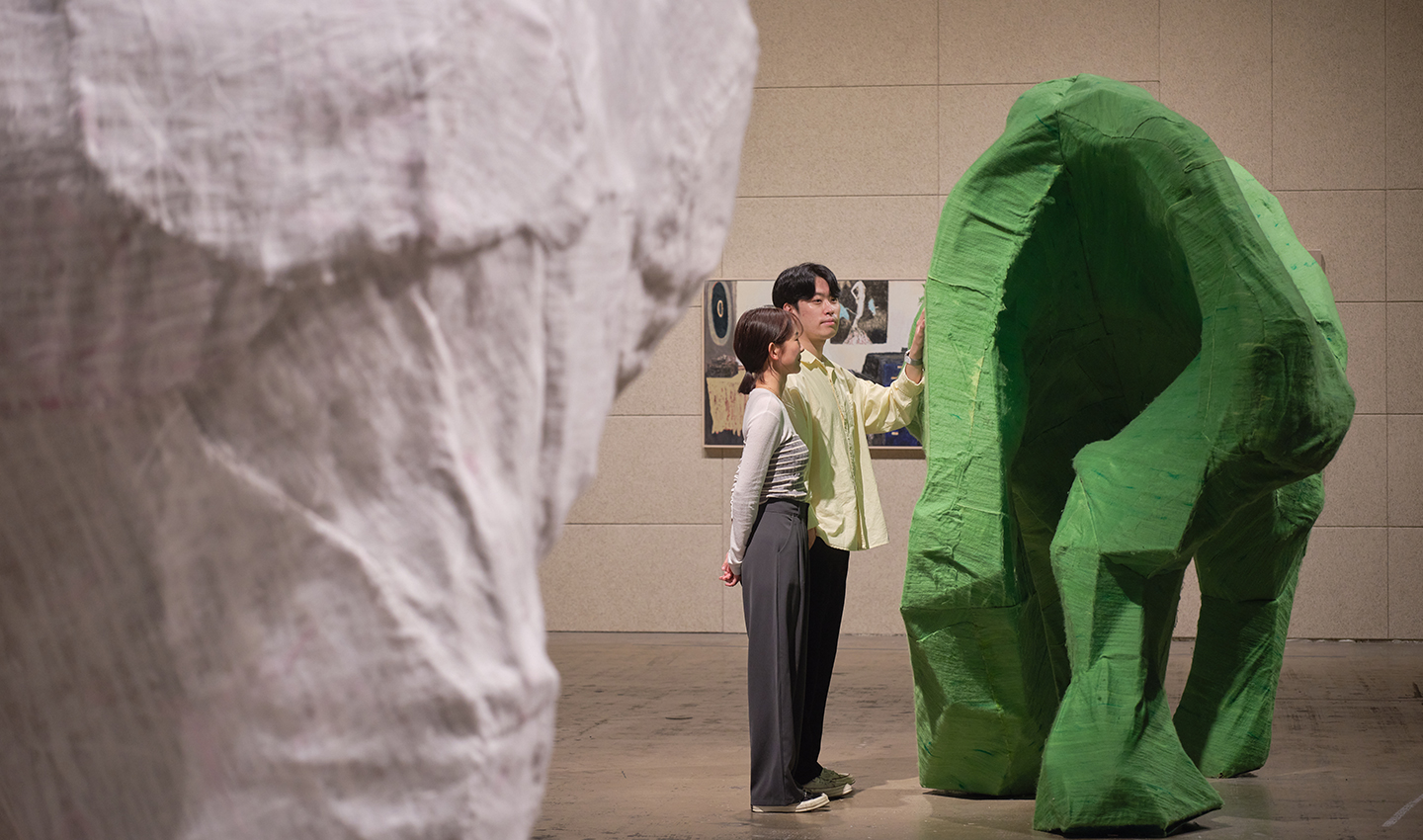

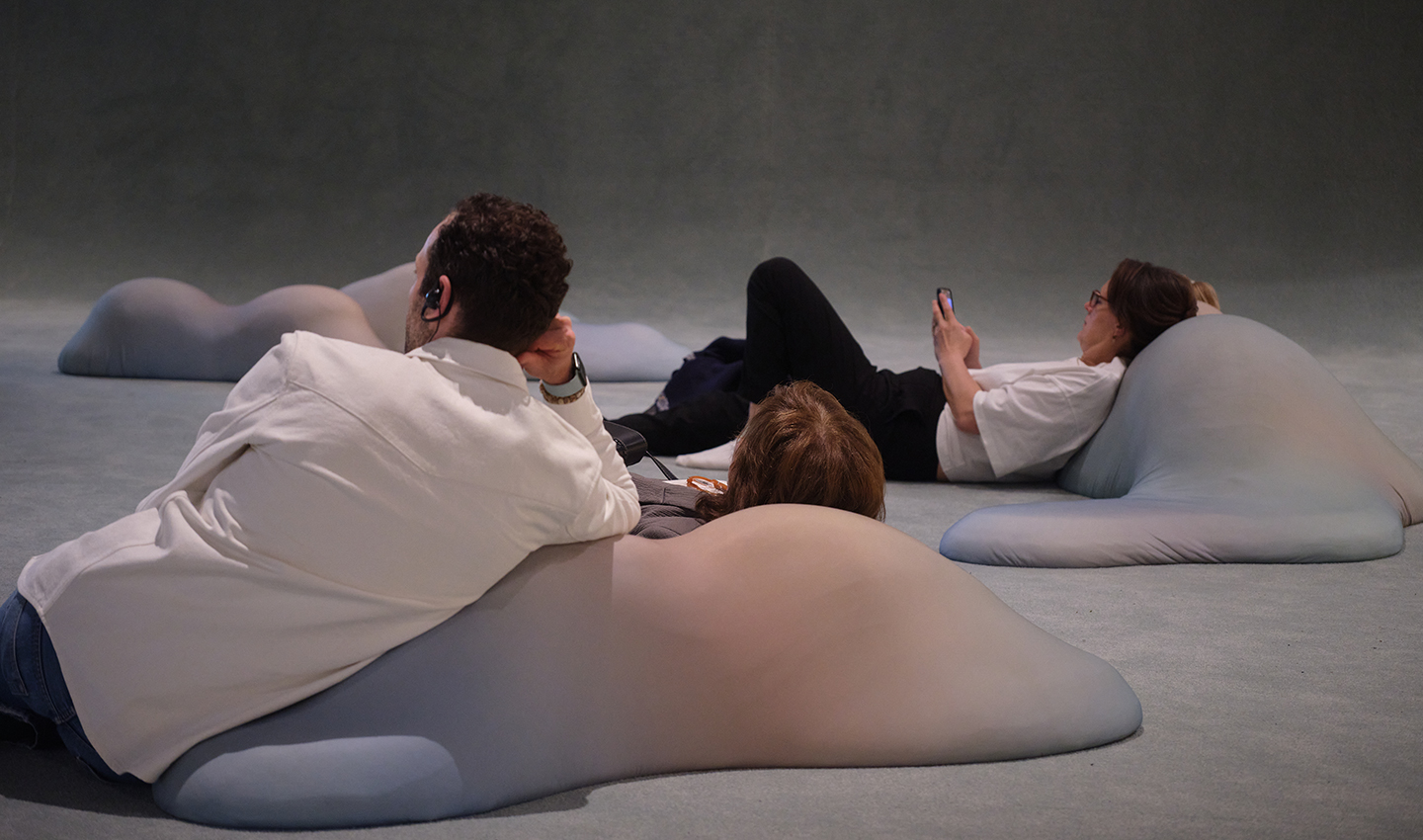
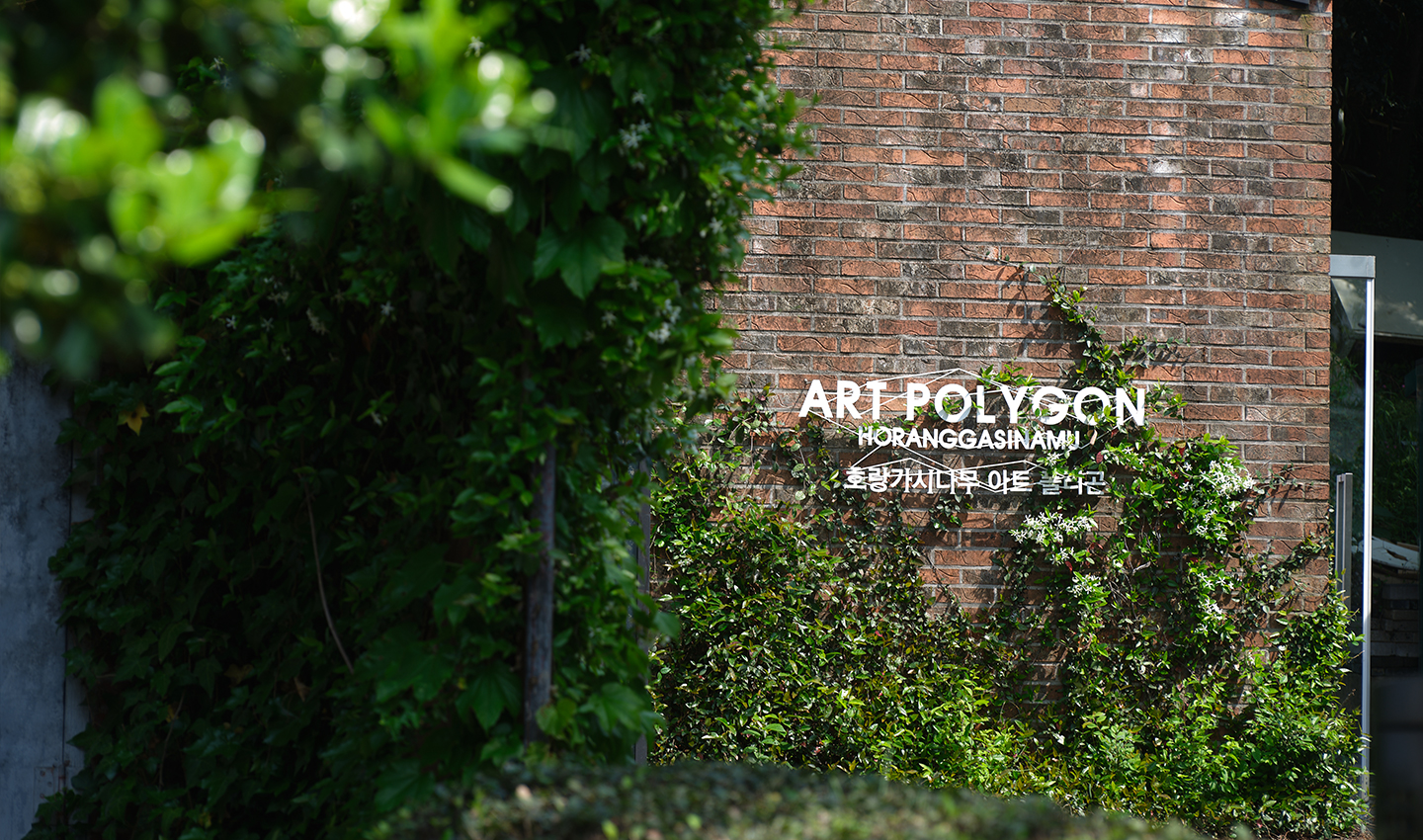
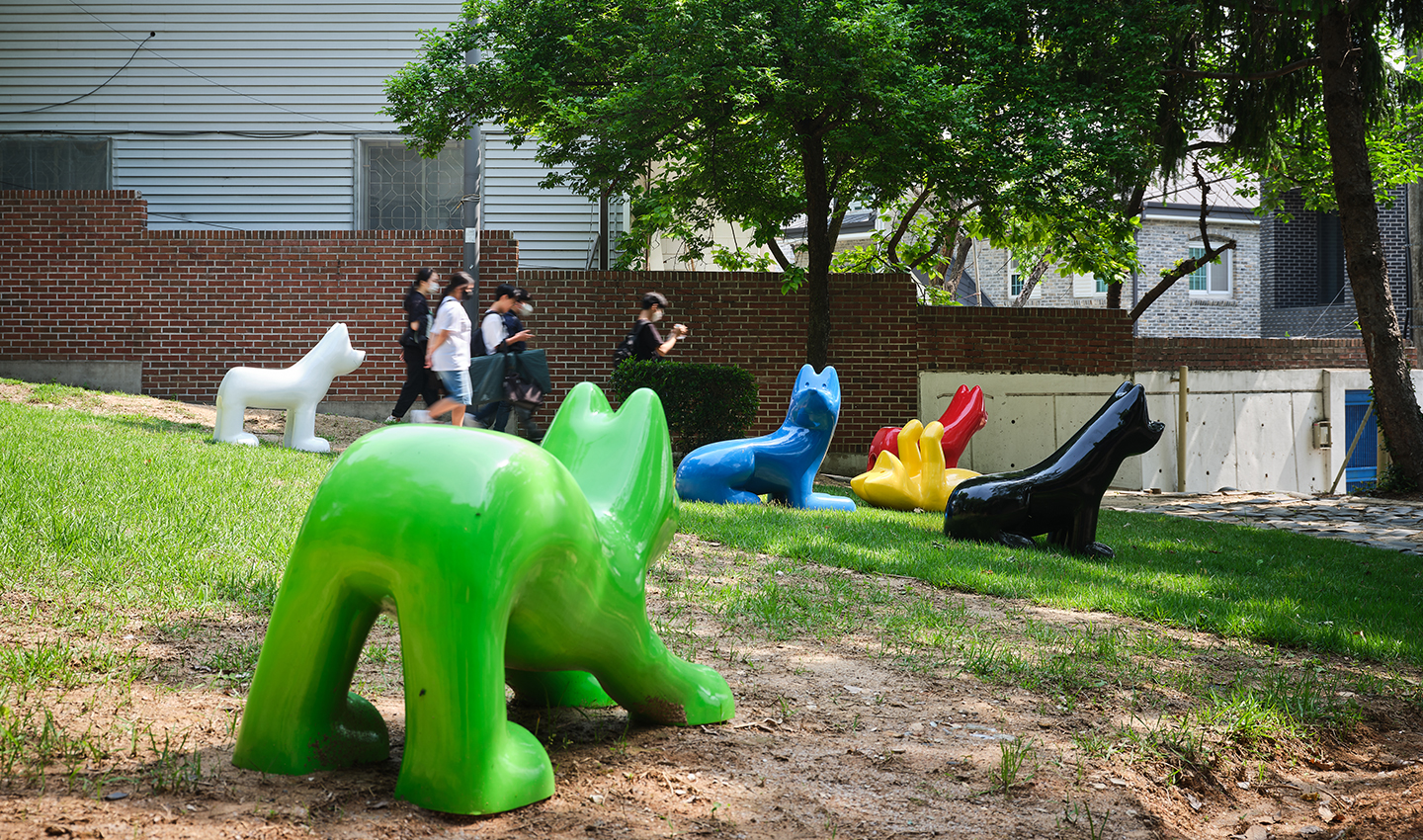
 View of all
View of all